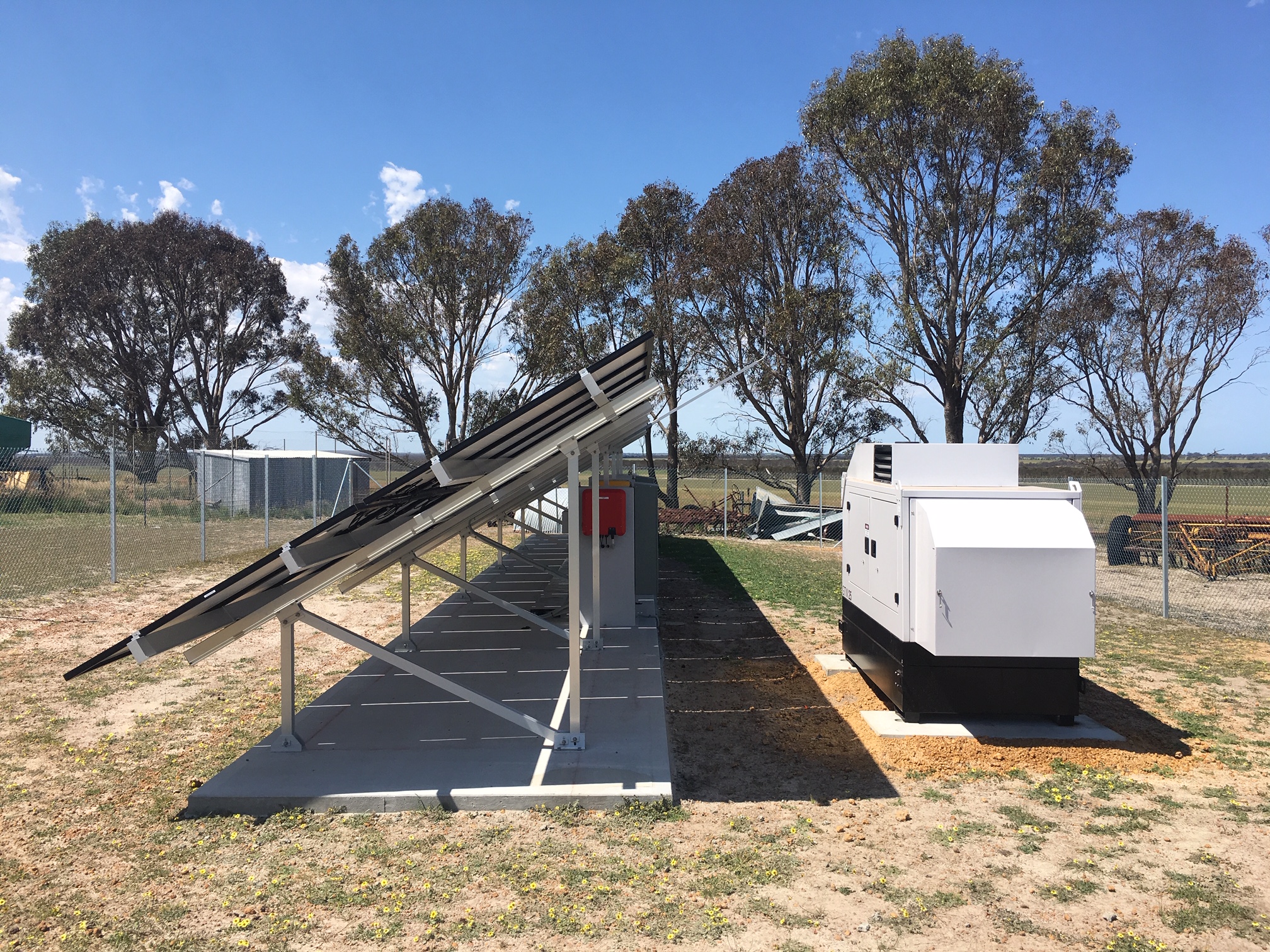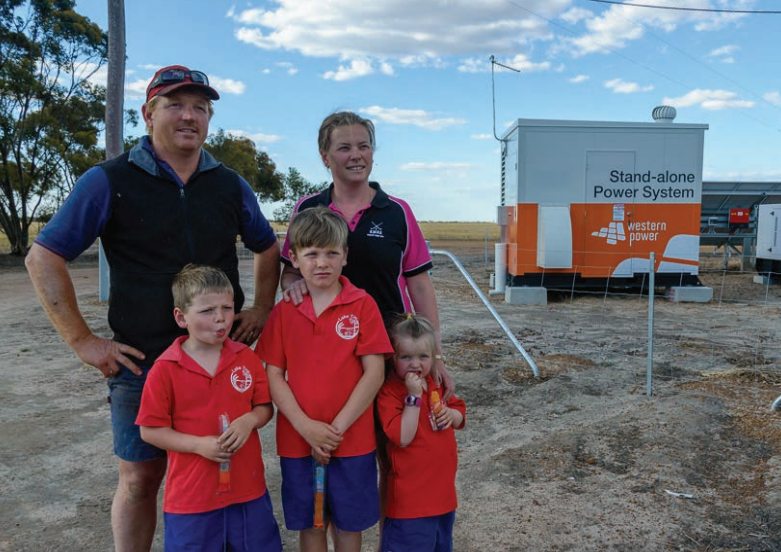Draft rules SAP value from stand-alone power options
This summer’s bushfires have devastated communities across Australia, and an inevitable part of this impact has been significant power outages from damaged or destroyed network assets.
Many homes and businesses have been reliant on portable generators to provide supply while more than 5,000 poles are replaced. For some of these remote properties and communities, there are clear advantages of installing stand-alone power systems (SAPS) instead of rebuilding many kilometres of network.
And while regulation changes are in train to facilitate this as a future option, the rules as drafted rely on the existence and functional operation of competitive markets, a heroic assumption in the remote parts of the country where SAPS make sense.
If there aren’t changes to the draft rules, there is a likelihood the proposed regulatory framework changes will do little to enable networks to deliver these solutions where they make sense. Reg changes shouldn’t proceed if they that make it harder to deliver better reliability, lower emissions at a lower cost to customers.
What are SAPS, and why should they be installed?
Stand-alone power systems, otherwise known as SAPS, are generally a combination of solar PV, batteries and a back-up generator. They allow electricity services to be delivered to customers without a traditional grid connection, improving reliability and safety and lowering costs.
Remote communities are typically located at the end of long lengths of poles and wires, where it is difficult and time-consuming to find and fix faults. Being at the edge of the grid usually means more frequent power outages than in urban areas and they often last much longer. In addition, deploying power through many kilometres of network to a relatively small number of customers is far more expensive than servicing highly populated urban areas. These extra costs fall on all electricity consumers across the network’s service territory.
The best time to install a SAPS is when poles and wires need to be replaced – when they get old, when more capacity is needed or when they get damaged.

Western Power Stand-alone power system. (Source: Western Power)
Where are they currently used?
SAPS have been considered before.
After the 2009 Victorian Black Saturday bushfires, investigations highlighted that SAPS could offer greater reliability and improved safety, but the costs were considered too high for there to be a major rollout.
Since then, technology has moved on. The cost of solar has dropped dramatically over the past decade, battery costs are falling, and remote system monitoring is getting smarter and cheaper.
In WA, which is outside the National Electricity Market (NEM), Horizon Power and Western Power are marching down the path of supplying selected remote customers with SAPS where it is cost-efficient to do so. The result? Seventy-one fewer hours of power outages over a year, 90 per cent of electricity generated from solar panels and a significant rise in customer satisfaction. The risk of old poles and wires starting fires is also eliminated.

Western Power Stand-alone power system. (Source: Western Power)
AEMC’s proposed changes
SAPS are currently subject to various jurisdictional arrangements in the NEM and are not generally captured under a consistent national regulatory framework.
The AEMC is proposing changes to the national rules to enable distributors to supply customers using SAPS.
The policy intent isn’t disputed, but the onerous regulatory requirements being proposed will likely delay the uptake of SAPS and mean distributors miss opportunities now to offer customers a better solution.
Under the draft rules, distributors are unable to provide an integrated SAPS solution to customers, including both SAPS generation and distribution services, without first applying for a ring-fencing waiver to the Australian Energy Regulator. Only once a waiver is granted can the distributor then begin the process to roll out an integrated SAPS to customers. This framework has been developed based on the implicit assumption that effective competition will soon develop in remote areas where SAPS will be installed.
However, competitive markets for SAPS generation services in edge of grid locations are unlikely to develop in the short to medium term, if ever. These are the most remote parts of the NEM, where geography dictates high cost to deploy assets and even more so for ongoing maintenance. Relying on a bureaucratic waiver process to navigate the theoretical competitive market will likely result in a delay to a rollout of SAPS and therefore risk detrimental customer outcomes.
We need to let networks get on with identifying and supplying the customers who would benefit from these systems the most. This will deliver more reliable electricity supply, while reducing the overall costs for all the network’s customers.
In a rapidly transforming energy sector whose intersection with climate change means many policy areas are hotly contested, greater use of SAPS at the edge of our power networks is as close to a no-brainer as you can get. It’s a straightforward win-win scenario.
The sooner we can get regulation to catch up with technology, the faster we can transition to a smarter, cleaner and safer grid.
